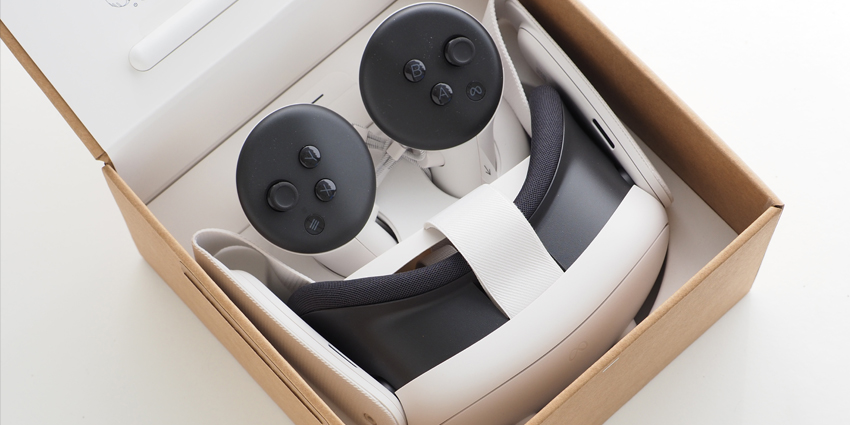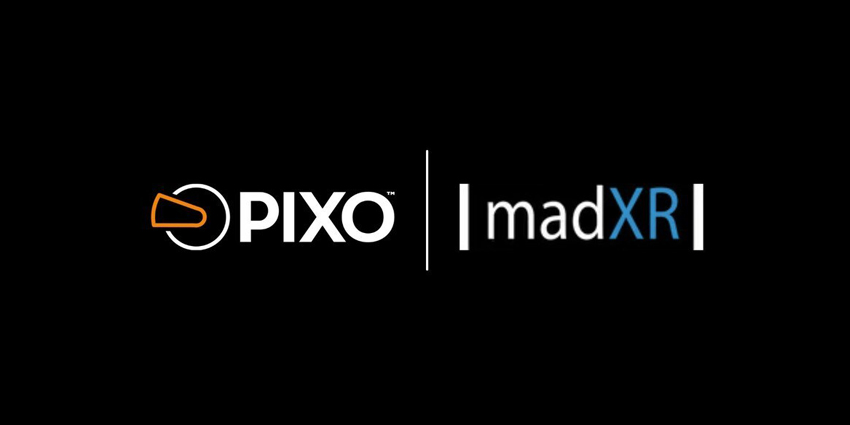Demand for high-quality virtual reality (VR) headsets is constantly growing. Back in December of last year, it was noted that enterprises were purchasing headsets and immersive technology gear at an incredible rate, a trend that will continue for years to come.
According to IDC’s March 2022 quarterly report, headset shipments grew by a staggering 92 percent in 2021, with several players vying for the top spot. The report found that Meta’s Quest 2 as well as China’s DPVR and Pico VR headsets were among the most popular devices in this category. Another new headset that demands attention – especially in the enterprise sector – is the XTAL Virtual Reality Headset by Vrgineers, Inc.
A Little Bit About Vrgineers
Founded in 2017, Vrgineers offers virtual and mixed reality (VR/MR) pilot training systems for businesses and the military. The company makes and sells the XTAL, a virtual and mixed reality headset that has among the best quality and widest field-of-view (FoV) on the market. XTAL won the prestigious Red Dot Product Design Award in 2020 and was also among the finalists for VR Awards 2021.
Simulators made by Vrgineers range from portable trainers for military missions to classroom simulators that adjust to support all major platforms.
Vrgineers’ simulators also include custom-built solutions that have fully-functioning cockpit replicas with real instruments. All of the simulators use the XTAL headset, which has a market-leading 180° field of view at 8K resolution and can be used with a mixed-reality module.
What Is the XTAL Virtual Reality Headset?
XTAL is a premium headset that allows users to enter immersive VR environments with state-of-the-art technologies and a semi-ruggedized exterior. It is available under three licensing models, namely personal non-commercial use, enterprise use, and military use, respectively with multiple tiers for pricing.
The first version of the VR headset was launched in 2018, back when the industry was less mature. Over the years, Vrgineers has made several new upgrades and improvements to its product, and in January this year, it launched the XTAL 3.
Importantly, this is not their only offering as they also power a full-body haptics suit in partnership with TESLASUIT. As a result, users have the option to leverage the futuristic headset alongside an equally next-gen haptics-based full-body controller for an ultra-immersive experience.
The XTAL’s unique selling proposition (USP) is its FoV close to human vision and 8K resolution, or 4K on each display.
Key Features of the XTAL Virtual Reality Headset
When reviewing the XTAL, one should keep in mind that it is purpose-built for use in the aviation sector as well as similarly demanding scenarios, leading to capabilities that might seem like an “overkill” of sorts but actually help it stand out and justify an admittedly premium price point, via the following features:
180-degree field of view
It provides a one-of-a-kind mix of high fidelity and market-leading FoV of 180° horizontal and 90° vertical, making it one of the best in its class. Pilots will benefit from this since it lowers negative training and gives them the ideal setting to develop situational awareness.
Comparatively, the natural horizontal FoV of an average human being is about 135°.
Precise eye-tracking
Eye-tracking data is collected by an integrated eye-tracking system used for debriefing and behaviour analysis. For inter-pupillary distance (IPD) correction, the eye-tracking system employs a one-dot calibration technique unique to it. In order to increase the accuracy of eye tracking, instructors can apply advanced calibration techniques.
8K resolution and user comfort
The greatest 8K resolution allows for crystal-clear vision, thanks to two 4K high-density LCD displays. The XTAL 3 also provides exceptional comfort as the headset is 30 percent lighter than the preceding XTAL 2, providing for greater wearer comfort for longer periods of time.
It also has a more comfortable face foam than the previous model, however, it does weigh approximately 600 grams, which is slightly heavier than consumer-grade devices like the Quest 2, which weighs 503 grams.
Superior lenses
It uses non-Fresnel VR lenses that are patent-protected and designed by a custom RayTraced optical engine to provide a realistic view with undistorted images. The corrective lenses also allow pilots who normally wear dioptric glasses to train without experiencing discomfort while achieving clear images.
Users should also keep in mind the following key technical specifications:
- Resolutions of 3840 × 2160 per eye
- Refresh rates of 75 Hz at 4K per eye and 120 Hz at QHD per eye
- 293 x 123 x 113 mm in terms of dimensions
- Multiple connectivity options such as VirtualLink (5m / 16.40 ft) cable, DisplayPort 1.4, as well as USB 3.2 Gen 2
- Microsoft Windows Operating System compatibility
- Compatible with Steam VR and OpenXR drivers, Unity, Unreal Engine, and other game engine plugins, as well as C++ libraries such as Direct X, OpenGL, and Vulcan
- Supports Lockheed Martin Prepar3D, Bohemia Interactive Simulations (VBS3, VBS4), Microsoft Flight Simulator, Aero FS 2, and other major simulator variants
Getting Started with XTAL VR Headset by Vrgineers
Users’ clients can opt for a personal, non-commercial license when purchasing the XTAL 3, while also considering the older and more affordable XTAL 8K. Pricing for the previous model starts at $4,800 USD for personal use and $5,600 for enterprises.
The XTAL 3 costs nearly double this amount at $8,900 for a personal license and $9,700 for an enterprise. It also has a dedicated MR version with a modified design built in partnership with a group of Air Force pilots, priced starting at $11,500.







